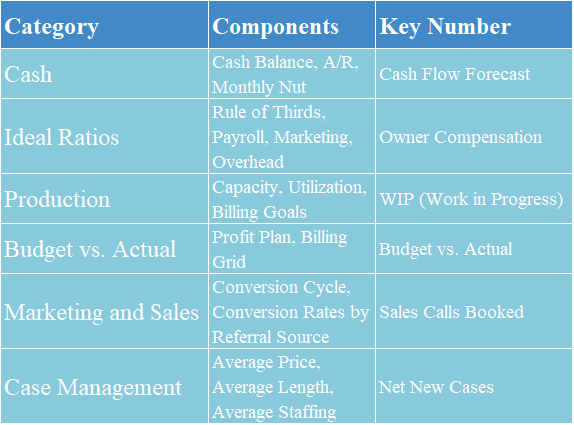View your practice as an entrepreneur.
One of the keys to building a successful law practice is adopting an entrepreneurial approach, regardless of your practice setting. In other words, whether you’re a sole practitioner or the newest hire in a gigantic firm (or anywhere in between), you must recognize that you “own” your practice, and you must act accordingly. That means:
- You take responsibility for building your book of business. You actively work to avoid relying on doing or inheriting work for someone else’s client
- You take responsibility for your career advancement. You determine what additional skills and experience you need to grow as a practitioner and you make it your business to acquire that.
- You take responsibility for the experience that your clients have with you. You decide (perhaps in concert with others on your team, if appropriate) how quickly you respond to client inquiries, how and when you proactively provide updates about client matters, to what degree you lead and collaborate with clients, and so on. You consistently look for ways to build value for your clients.
- You take responsibility for making necessary adjustments based on changing circumstances. You watch for trends in law, in business, and in the economy, and you work to adapt your practice to navigate those trends and to help your clients do the same.
- You take responsibility for your satisfaction in practice. You know that there’s no reason and no value to staying in a practice or a job you dislike. You understand that you won’t love every moment of your work. You stay attentive to be sure the positive moments significantly outweigh the negative, and if you find that untrue, you make the necessary changes.
If you need to develop an entrepreneurial mindset, let’s talk.
If you have the entrepreneurial mindset, read this article by Jonathan Fields, a former practicing lawyer who’s now an author, entrepreneur, and producer of Good Life Project. Titled Why Do So Many Entrepreneurs Hate Their Lives, this article will get you thinking about who you are and how you bring that to your practice. Even if you’re happy with your practice, I guarantee that this article will give you important food for thought. As Fields writes, when you consider the questions posed in the article, “you’ll start to cultivate the level of self-knowledge needed to build something that not only makes money and serves a need but also serves you and the life you seek to create.” Read it (and do the work) now.


